
- Home
- News
- Analysis
- States
- Perspective
- Videos
- Education
- Entertainment
- Elections
- World Cup 2023
- Features
- Health
- Business
- Series
- Economy Series
- Earth Day
- Kashmir’s Frozen Turbulence
- India@75
- The legend of Ramjanmabhoomi
- Liberalisation@30
- How to tame a dragon
- Celebrating biodiversity
- Farm Matters
- 50 days of solitude
- Bringing Migrants Home
- Budget 2020
- Jharkhand Votes
- The Federal Investigates
- The Federal Impact
- Vanishing Sand
- Gandhi @ 150
- Andhra Today
- Field report
- Operation Gulmarg
- Pandemic @1 Mn in India
- The Federal Year-End
- The Zero Year
- Premium
- Science
- Brand studio
- Home
- NewsNews
- Analysis
- StatesStates
- PerspectivePerspective
- VideosVideos
- Entertainment
- ElectionsElections
- Sports
- Loading...
Sports - Features
- BusinessBusiness
- Premium
- Loading...
Premium
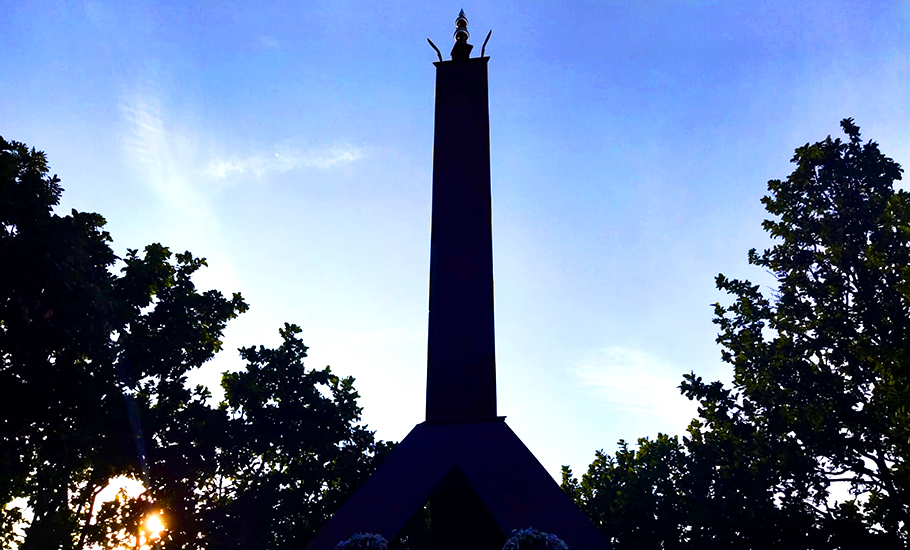
In photos: Revisiting the Battle of Nalapani and the proud Gorkha legacy

On a typical day, the Khalanga-Nalapani fort mostly draws youngsters looking for some fun away from the prying eyes. The road uphill to the tabletop fort ends in front of a tall column above the overgrown ruins that once witnessed a fierce battle between the British East India Company and Nepal, then ruled by the house of Gorkhas. Considered as the first battle of the Anglo-Nepal War...
On a typical day, the Khalanga-Nalapani fort mostly draws youngsters looking for some fun away from the prying eyes. The road uphill to the tabletop fort ends in front of a tall column above the overgrown ruins that once witnessed a fierce battle between the British East India Company and Nepal, then ruled by the house of Gorkhas.
Considered as the first battle of the Anglo-Nepal War (1814-1816), the Battle of Nalapani was fought in 1814 on this very spot on Khalanga hills, Dehradun.
The Doon valley had come under the control of the Gorkhas in 1804 after king Pradyuman Shah of Tehri was defeated and killed by the Gorkha forces in the battle of Khurbura in Dehradun (also known as Gorkha-Garhwal War). For context, the term Gorkha is said to be derived from a town in central Nepal ruled by the Shah kings, and, as is commonly perceived, does not denote an ethnic group.
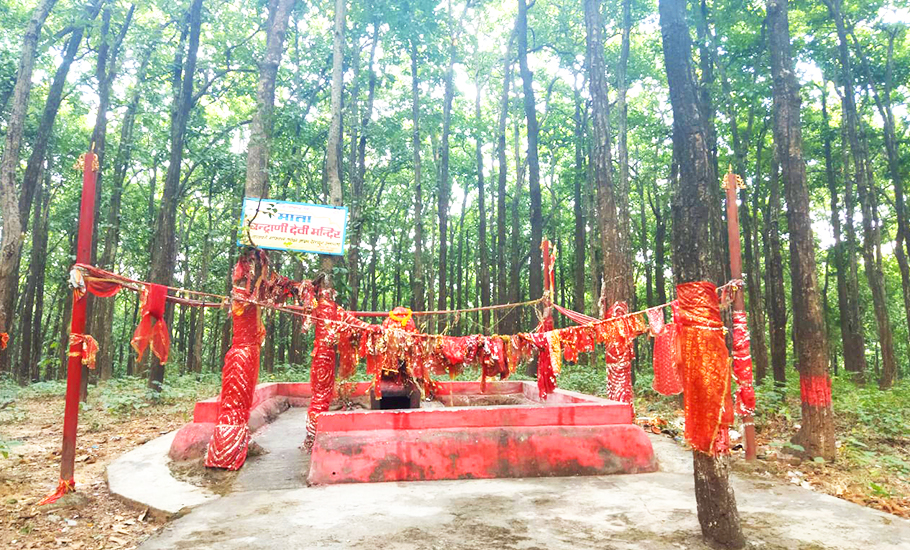
It was Balbhadra Singh Thapa, a commander of the Gorkhali forces in Dehradun, who was in charge of defending the area when the Battle of Nalapani took place.
There came a time, say old-timers, when Balbhadra realised that it would be impossible to take on the might of the British army marching towards the area. That is when he and his soldiers, barely 600 in number, stationed themselves on the hill fort in order to fight the British.
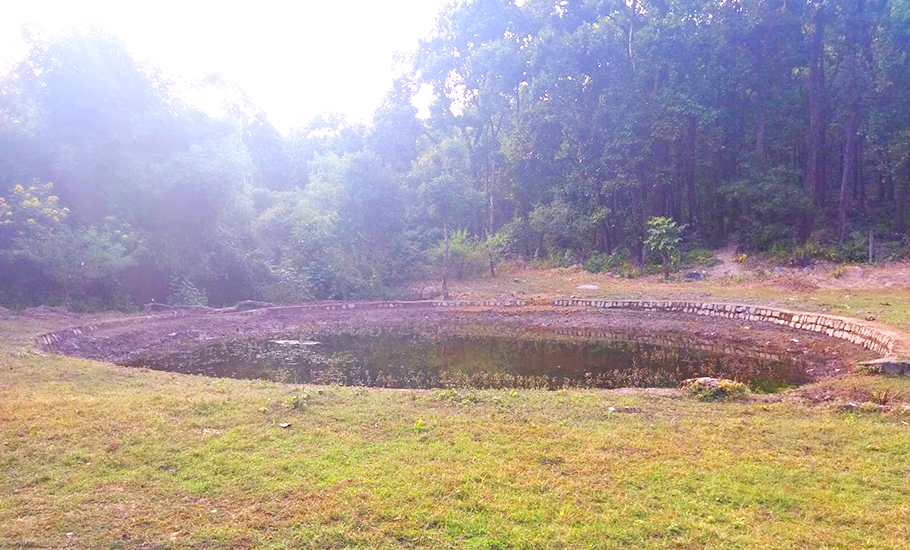
Led by Major General Robert Rollo Gillespie, a British troop of more than 3,500 soldiers attacked the Khalanga-Nalapani fort on October 31, 1814.
The fort was under siege by the British army till November 30, 1814. As the battle continued, Balbhadra (also known as Balbhadra Kunwor) and his garrison successfully defended the Khalanga hills for over a month.
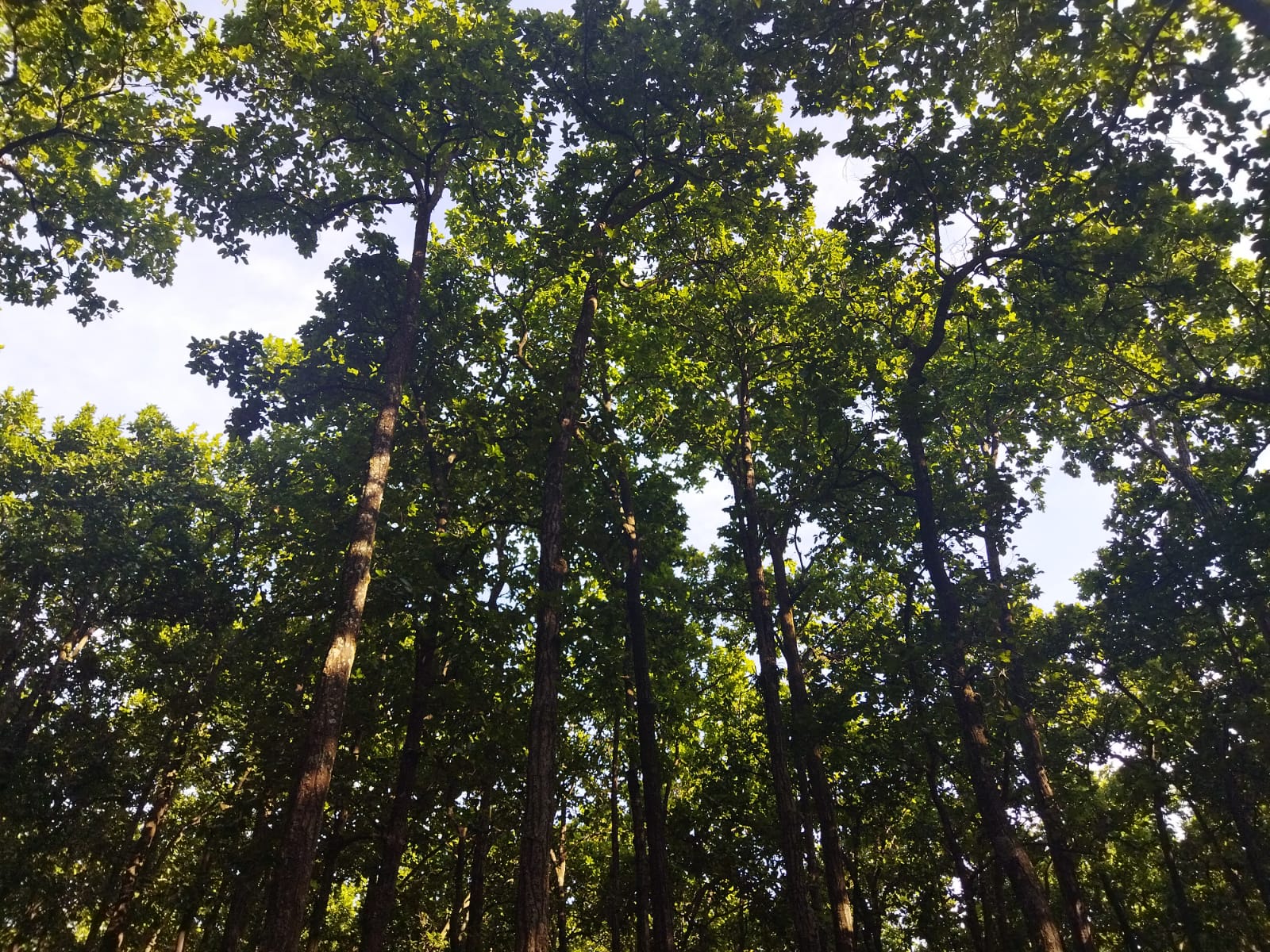
General Gillespie died in the initial days of the battle even as the Gorkhali defenders continued to fight the British, mostly armed with just swords, khukris, and bows and arrows. While women and children were also inside the fort (since it was common for Gorkha soldiers to bring along their families), they had limited food supply.
After two unsuccessful attempts, the British finally forced the Gorkha soldiers to surrender by cutting off the fort’s external water supply, a 15-minute walk below the fort.
“Balbhadra didn’t exactly surrender. He, along with the surviving members of his army, escaped into the hills. It is said he then told the British to take over the fort which had nothing but dead bodies,” said RS Thapa of the Balbhadra Khalanga Vikas Samiti.
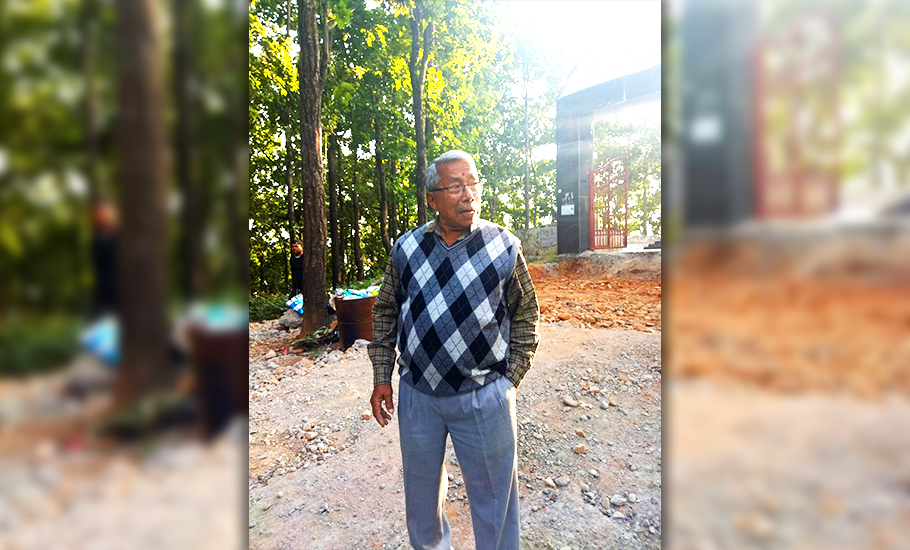
Later, Balbhadra Singh Thapa joined the army of Maharaja Ranjit Singh and died in the Sikh-Afghan war in 1823.
RS Thapa went on to narrate the aftermath of the Nalapani battle, as heard from his ancestors. “When the British finally entered the fort, there was just death and suffering. Bodies scattered around… Men, women and children, on the verge of death, faintly crying for water. The place reeked of rotting bodies.”
It is said the British couldn’t exactly savour the victory since it came at a huge cost for them. Following the battle, they demolished the fort overlooking the thick forests and the steep slopes.
Today, the road uphill is an almost-easy drive with some patchy stretches in between. But it’s the thick forests, the tranquil breeze and the mellow sun that attract many visitors even on weekdays. Like most tourist spots in the country, their footprints could be tracked by the empty plastic bottles and bags of chips left behind without much care.
Those who care to walk till the fort in the hope of soaking in the sunshine and the greenery must take care not to step on the broken beer bottles by the sides, particularly as one nears the fort. “It’s pretty sad that most of the youngsters come here to drink and deface the place. They are quite young…despite that I beg them with folded hands to maintain decorum and not to litter,” said the 72-year-old.
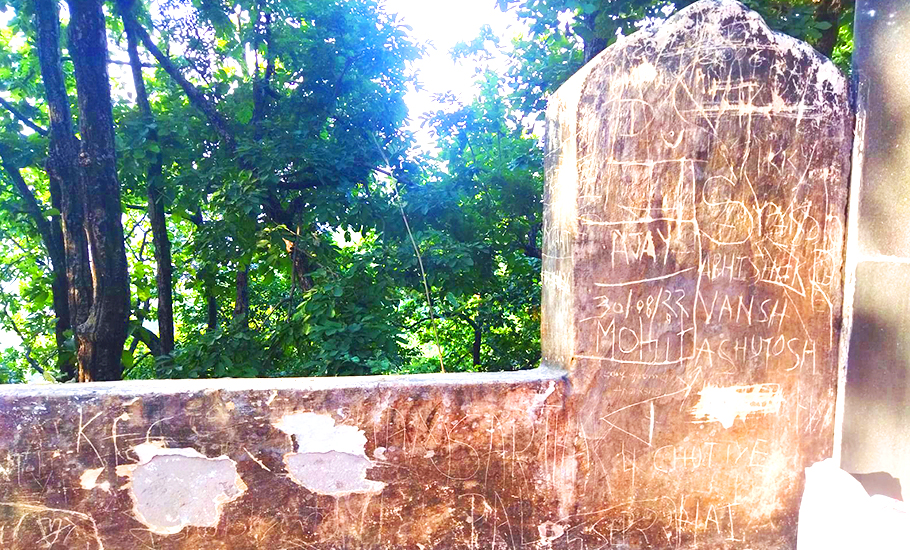
Visibly annoyed, Thapa went on: “Some even ride their bikes up until here and sometimes some in their drunken stupor even hit the iron gate. It has been damaged so many times. So, now we are planning to make two-three cement steps below to prevent them from bringing their vehicles till the gate. We are also clearing some space for them to park their vehicles.”
He, however, sounded enthused over the upcoming Khalanga mela (fair) – in remembrance of the Gorkha warriors – on November 27.
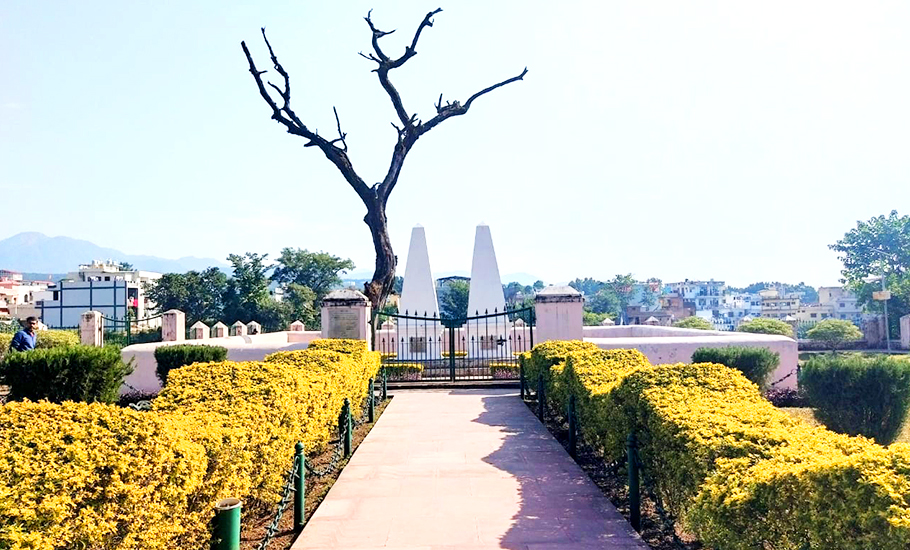
“The annual mela is a big occasion for us. We hope to acquaint the young people with our rich Gorkha history and culture with this mela,” he said.
Downhill, on the Sahastradhara Road and by the banks of the Rispana River, the British army had built the original war memorial to honour their soldiers as well as the brave Gorkhas.
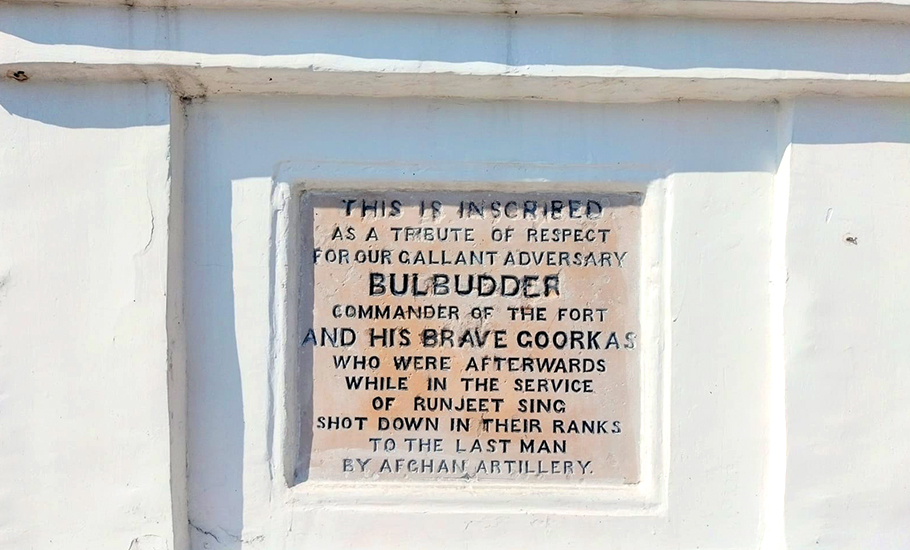
The Khalanga Memorial, protected by the Archaeological Survey of India, is considered one of its kind in the world since rarely has any victorious side cared to acknowledge the bravery of their vanquished enemy. There are two obelisks — one dedicated to Major General Gillispie and his army, and the other, to Balbhadra (spelled Bulbudder) and his Gorkhas.
“The Gorkhas, despite losing the battle, emerged victorious. They were recognised as a martial race. The British were so impressed that they decided to raise the Gorkha regiment in their army after winning the battle,” said RS Thapa.
If that’s not victory, he added, what is!

